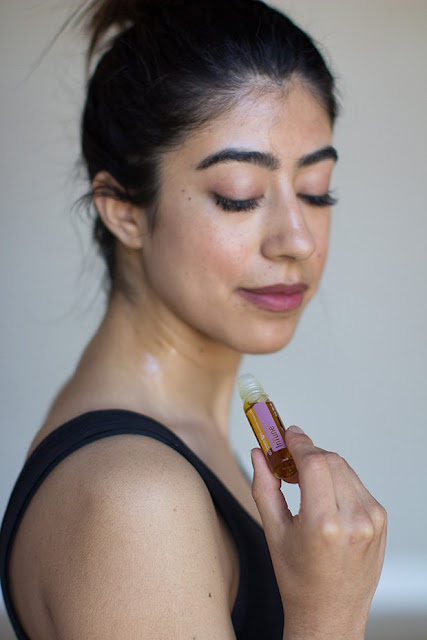Dr. Joshua Yorgason, MD
Otolaryngologist (Ear, Nose and Throat Surgeon)
Member, dōTERRA Medical Advisory Board
Otolaryngologist (Ear, Nose and Throat Surgeon)
Member, dōTERRA Medical Advisory Board
Each type of oil contains a mixture of natural chemical compounds unique to that species of plant and to the environment in which the plant is grown. For thousands of years, humans have ingested plants in the form of food as well as plant parts and extracts as herbal health products and teas from leaves and flowers, which contain essential oils. One could argue that it should also be safe to ingest essential oils in small quantities, just as we have been doing when ingesting plants containing essential oils. Because they are produced naturally by plants, essential oils are found in naturally balanced mixtures. Then why is there an ongoing concern about the internal use of essential oils? Internal use can not only be very effective, but is also safe.
Oils first have an effect on local tissues. The local effect may be felt more strongly when applied internally compared to when applied to the skin because the nerves in the mucosa are closer to the surface, often more numerous, and can be more easily stimulated compared to the nerves in the skin. Although the skin is thicker and seems to be less fragile than the mucous membranes, the reality is that similar to the skin the mucosa has many features that are protective, and therefore conducive to the use of essential oils. Like skin, the mucosa has many layers designed to protect the body against disease and toxic exposures. And similar to skin, the mucosa has an ability to constantly restore itself and to regenerate after harmful exposures, such as trauma from teeth or heat from foods that can cause ulceration. The mucosa heals an open sore very quickly, so it can resume its protective function. The mucosa also has thousands of mucous glands that secrete mucous to create a protective film over the tissues. The mucous is continually being produced and continually migrating as the cilia beat, limiting any local exposure. When essential oils contact the mucosa, they are absorbed to some degree at the initial point of contact, but much of the oil will be continually diluted by the mucous. Rapid absorption and constant dilution allow the oils to have a dramatic yet temporary effect, which explains why any sensation you have in the mouth or throat from essential oils taken internally is temporary. Because the mucosa is designed to be protective, essential oils can be safely used internally.
The premise of all of these discussions is that essential oils could be harmful when taken internally. However, studies suggest just the opposite. Essential oils may actually be protective to the mucosa. Many studies show that essential oils can have a positive effect when there is a problem with the stomach’s mucous membranes.* For example, limonene, found in citrus oils, was shown to help protect the stomach mucosa in a preclinical study.(3) This protective effect was shown without affecting normal stomach acid secretion, gastrin enzyme secretion, or antioxidant glutathione production.(3) Many other studies have also demonstrated similar effects.* (1–6)
Avoiding hot oils that may be irritating to the mucous membranes, using small single use amounts, or using less than the maximum daily amounts recommended, are all safe practices that can help us have confidence in using essential oils internally. If we are using the oils for a local effect, such as to soothe the mouth and throat, then the oils can be appropriately diluted. Internal use of essential oils may be the best method to help improve function of the gut and improve digestion, because the oils can get to the area of need. Taking essential oils internally may be a very effective method to get the oils to be absorbed into the body to promote health and wellness, for an overall soothing effect on the body, and for a calming effect on mood. Using the appropriate amount of oils in Veggie Caps or prepackaged in the appropriate amounts in soft gels can be an effective way to take essential oils internally so that they can be maximally absorbed by the gut for a whole body effect.
*These statements have not been evaluated by the Food and Drug Administration. This product is not intended to diagnose, treat, cure or prevent any disease.

















